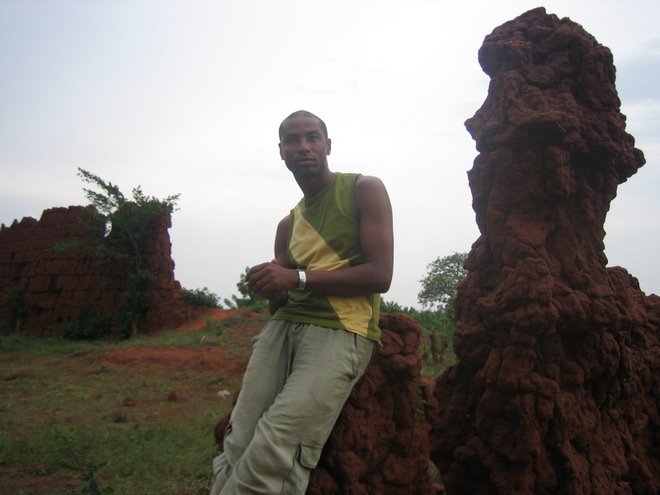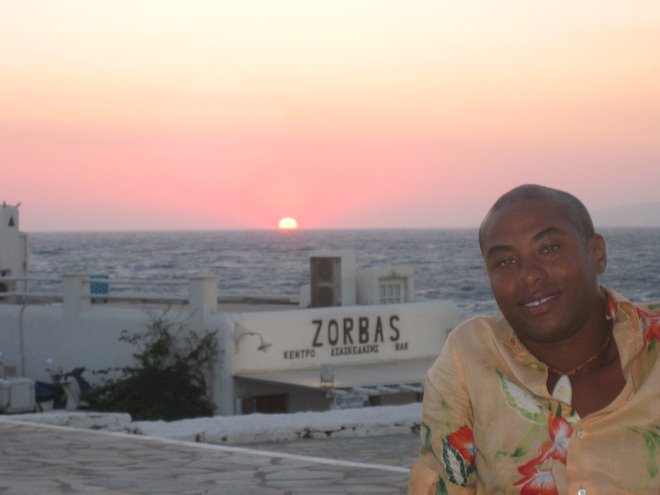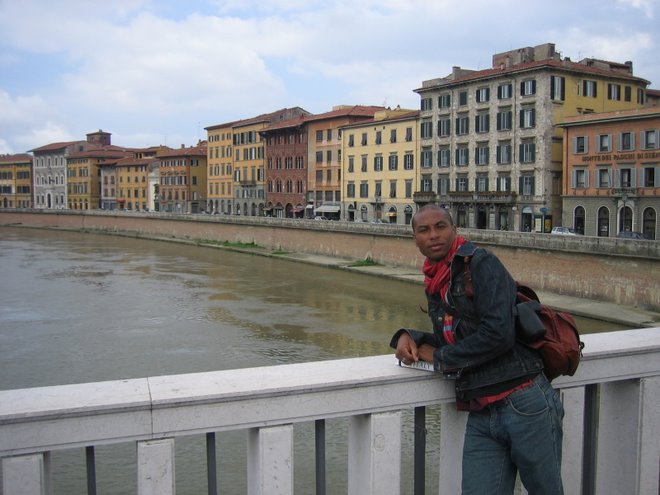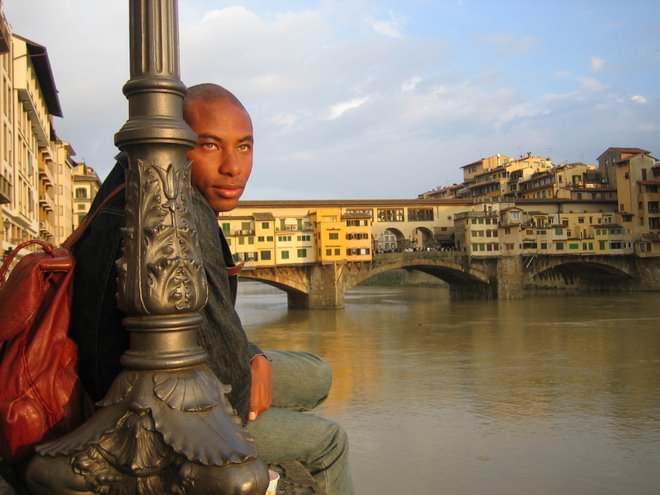Thanks to:
The Royal Netherlands Embassy, the Ambassador, Arie van der Wiel, Charlotte Nijland, Suntrade, Mark Davies, Orla Ryan, make-up artist Nana Amu Fleischer; models Sido Eloho Sylvia and Kweku Ansah, Ramesh Studio, Bob Dennis and Jimmy Amegaye, Lesley Lokko, Manon Jachmam, Rinette Maats, Jef Haenen, Alexander Kofman, Prof. Irene K. Odotei, the Ghanaian Press and Karl Nasr.
Supported by:


Royal
![]()
By: Reginaldo Gonçalves, Thomas Hess, Lucas Duysens and Monique Haenen Schouwenberg,
Contact: regisaccra@hotmail.com - 0242132654
Bringing

Ghana 2006
Opening: 28th April at the Queen’s day
at the residence of the Dutch Ambassador to
3rd – 31st May at Ivy’s - Ring road,
Orla Ryan
Introduction: Bringing Rembrandt to
This catalogue introduces the art exhibition, which is part of the Queen’s Day, the Dutch National Day. This year, the Dutch have double reason for celebration; 2006 is the 400th anniversary of the birth of Rembrandt, the country's most famous painter.
Having Lived in
Seeking to place Rembrandt's ideas within a Ghanaian context, they noted that the popularity of Kente clothe in modern
With the exception of the Ghanaian Bride - where models are used to reflect the fact that the identity of the original Jewish Bride is unclear - these are no ordinary models as the pictures capture what they do in real life.
Rembrandt's art was deeply rooted in 17th century Dutch life but the fact that the same themes resonate for international artists based in
Take your time to see, feel and compare your impressions of
The Jewish Bride
Scholars have established that this type of portrait goes back to Italian Renaissance scenes of marriage or betrothal. Nowadays this loving scene of a couple showing their affection to one another is assumed to represent either the biblical coupe Isaac and Rebecca or a portrait of a scene of a theatre-play. But the colouristic power and the tenderness of the two lovers still retain their original impact.

The Ghanaian Bride
Designer Kofi Ansah and Kati Torda conceived the picture of the Ghanaian Bride in a studio in
Traditional Weddings continue to play an important role within Ghanaian society. The way the bride and groom dress is governed by status, tribe and wealth.
The Syndics
This painting represents a meeting of the Board of the Drapers, who were responsible for supervising the quality of the dyed worsted, a thickly woven woollen fabric common in
The painting, commissioned by the Officials of the House, was the last painting in which Rembrandt portrayed a large group of people.
The guild members have different religions and backgrounds but the spirit of cooperation is evident in the picture, highlighting the tolerant nature of

The Kente Weavers
“Weaving is seen as a God-given ability, a manifest of creativity and a legacy handed from father to son”.
The picture was taken at a shop in
“Rembrandt’s paintings are unequalled for their eloquence and human compassion, their deep understanding of mankind, and the dramatic beauty of their expression.”
Lines copied out from the book Rembrandt by Ludwig Munz and bob Haak
Rembrandt van Rijn, 1606-1669
The 400th birthday of Rembrandt van Rijn, the most famous painter of
The son of a miller, Rembrandt grew up in

Night Watch
Rembrandt's portrayal of the Civic Guards of Amsterdam, now known as the Night Watch, is his most famous painting. The painting was renamed in the 18th century as its layers of yellow varnish had darkened after years spent hanging over an open fire at the headquarters of the Company of Captain Frans Banning Cocq in
During the war between the Netherlands and Spain in the 17th century, the city of Amsterdam was protected by Companies of Civil Guards; ordinary men aged between 18 and 60 who were responsible for law and order in the city. At that time,


The Ghanaian Night Watch Asafo Companies,
Grouped according to Akutsei-quarters- and based on the We-patrilineage- the representatives of the Asafo Companies portrayed in this picture are a community whose task is to protect and defend the people in times of war, responsible for law and order and act as rescue squad in times of emergencies. Furthermore, this Civil Society is also responsible for the cause of the common people and their relationship with the chiefs for justice and accountability.
The four quarters presented here are Asere, Gbese, Otublohum, and Abola.




No comments:
Post a Comment